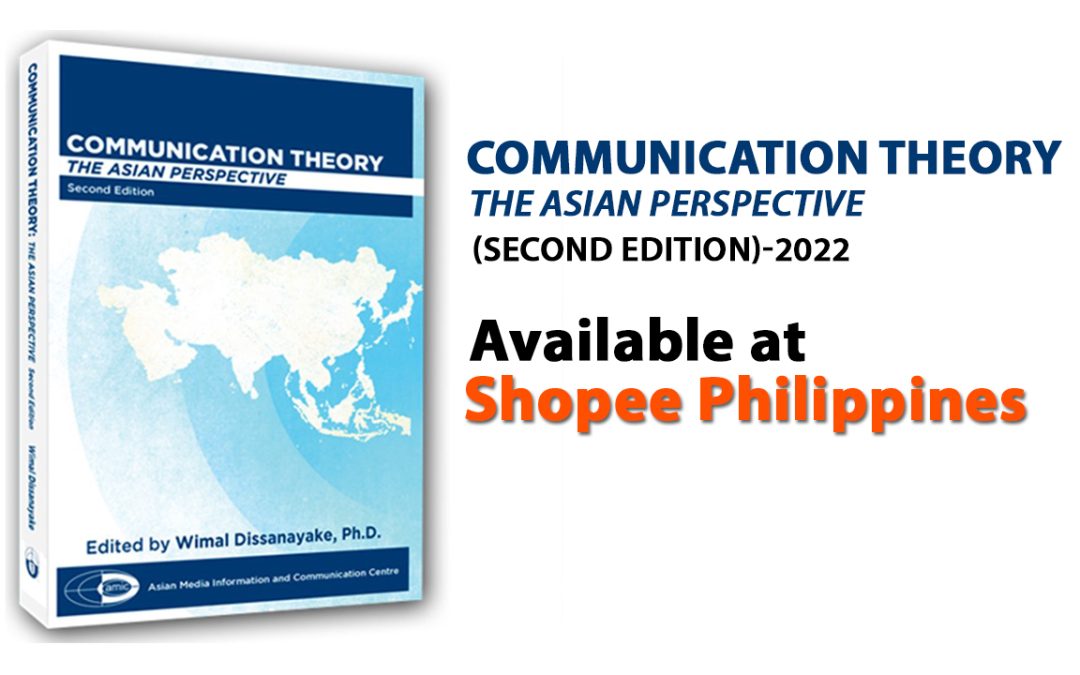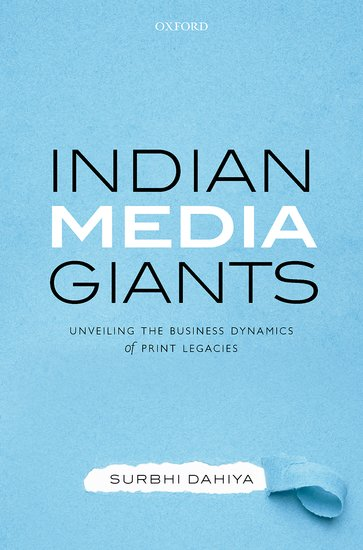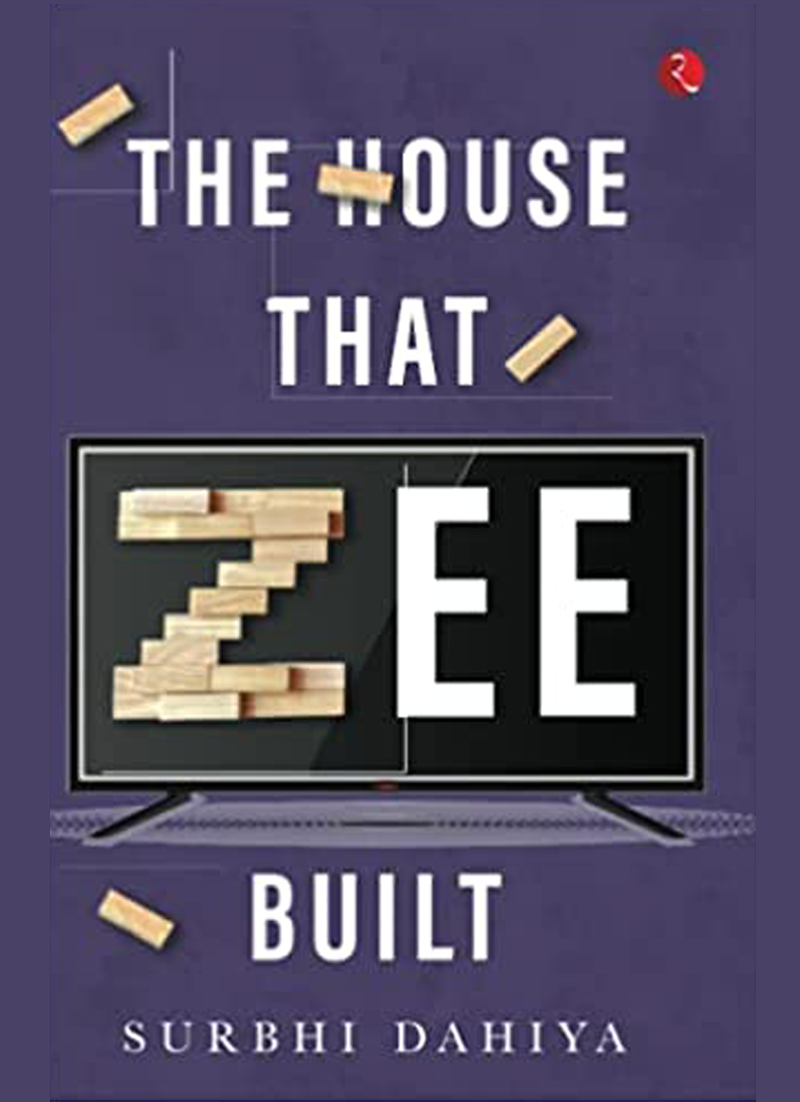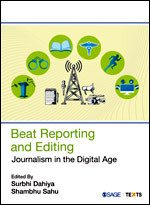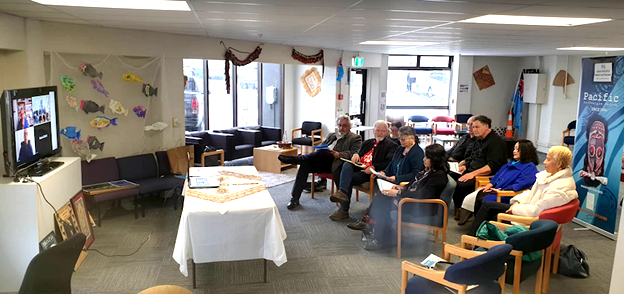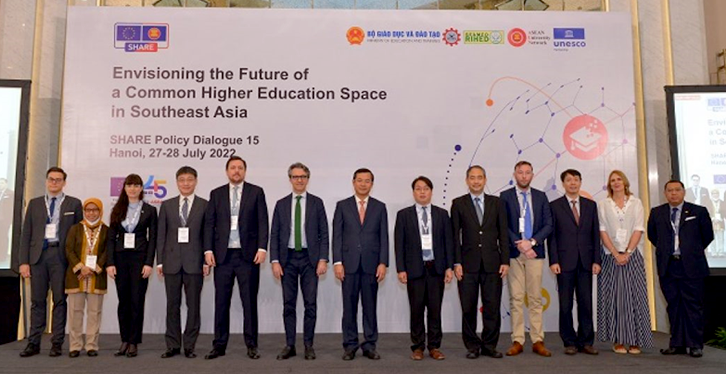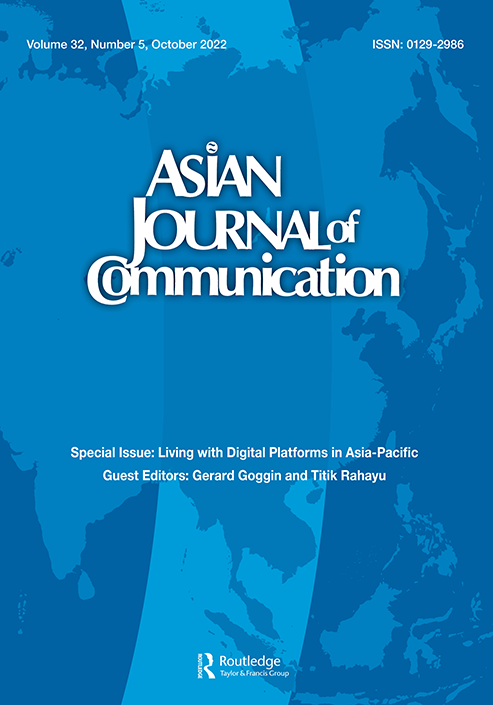The scope of media ethics is not confined today to honesty and objectivity. In the wake of social media, the higher values of our mental, moral and spiritual being need to be properly integrated with the pragmatic values and aims of transnational co-existence of truth in the post globalized world. Welfare of all and sustainable efforts in this direction should be the guiding factors of our actions.
Spiritual attitude and orientation can only be the force for right values and ethics in changed technological environments. The pragmatic significance of values is an important principle, which is beginning to be recognized in our lives, for moral or spiritual value lived in action releases a corresponding moral or spiritual force, which in the long run results in sustainable gains. However, it may be difficult at present to prove this in empirical terms.
The values and ethics are so important when we talk about media. Human values are integral part of one’s personality. Values are essential to ethics. As ethics is related to choice of actions to be taken, ethics evaluates the actions. “Moral values, and a culture and a religion, maintaining these values are far better than laws and regulations.” — Swami Vivekanand
In the context of the press, ‘Ethics’ may be described as a set of moral principles or values which guide the conduct of journalism. The ethics are essentially the self-restraints to be practiced by the journalists voluntarily, to preserve and promote the trust of the people and to maintain their own credibility.
The media all over the world have commonly voluntarily accepted the code of ethics which covers the areas of conduct which include:
- Honesty and fairness;
- Duty not to falsify pictures or to use them in a misleading fashion;
- Duty to provide an opportunity to reply to critical opinions as well as to critical factual reportage;
- Appearance as well as reality of objectivity;
- Respect for privacy;
- Duty to distinguish between facts and opinion;
- Duty not to discriminate or to inflame hatred on such grounds as race, nationality, religion or gender;
- Duty not to use dishonest means to obtain information; and
- Duty not to endanger people.
New forms of communication are reshaping the practice of a once parochial craft serving a local, regional or national public. Today, news media use communication technology to gather text, video and images from around the world with unprecedented speed and varying degrees of editorial control. The same technology allows news media to disseminate this information to audiences scattered around the globe.
Global media ethics aims at developing a comprehensive set of principles and standards for the practice of journalism in an age of global news media, although they do not define or refer to something with clarity or have one established code worldwide.
The idea of a global media ethics arises out of a larger attempt to change, improve or reform the global media system to eliminate inequalities in media technology and to reduce the control of global media in the hands of a minority of Western countries. This attempt to re-structure the media system has been controversial, often being accused of being motivated by an agenda to control media or inhibit a free press. The debate continues even today, decades after the recommendations of the McBride report in 1980, One World, Many Voices, which outlined a new global media order.
The digital media technologies have affected the guidelines of ethics in the globalized world to a great extent. News reports, via satellite or the Internet, reach people around the world and influence the actions of governments, militaries, humanitarian agencies and warring ethnic groups. A responsible global ethics is, therefore, the need in a world where news media bring together a plurality of different religions, traditions and ethnic groups.
We also have brigade of non-professional online writers, bloggers, youtubers disseminating all kind of information 24X7. New online news media analysis channels have emerged in a big way, many with biased agendas with no gatekeeping. What are uniform ethical guidelines for them is not known or developed. Further, we have steaming platforms with not much regulation. AI and Metaverse is coming with leaping strides and would hugely require different set of values and ethics.
The ethics developed for yester years are no longer applicable today. The technology has started leading us, already we know that AI is there, which is further going to make us lazy mentally and physically. The ethics now have to be made in relation to the humans in relations to machines. When we have robots, the ethics need to guide the developers as well as the robots in action. At the same time, humans have to grow mentally and spiritually more than the technology, to compete with the technology and stay ahead of the technology so that they are able to control it and put it on the right path.
Objectivity in journalism has usually been understood as the duty to avoid bias toward groups within one’s own country. In the interconnected world, generally, the global objectivity takes on the additional responsibility of allowing bias towards one’s country or culture as a whole to distort reports, especially reports on international issues. In order that the reports are accurate and balanced, they must contain all relevant international sources and cross-cultural perspectives. In addition, global journalism asks journalists to be more conscious of how they frame the global public’s perspective on major stories, and how they set the international news agenda. The aim should be to facilitate rational deliberation in a global public sphere. It calls for independent, sharp-edged news, along with investigations and analysis.
Developing a uniform code of conduct applicable for all the global media systems, however, seems a distant dream. The conceptual challenges of developing consensus is, whether universal values exist in media practice around the world and how an appeal for global values would counter or avoid the voices of cultural imperialism.
For ethics to be redefined when we have post globalized scenario, there are two views:
I) Constructionist View — It believes that global ethics is to see whether all or most interested parties are able to “construct” and agree upon a set of principles through a fair process of deliberation.
II) Global journalism ethics will have to amount to more than a dreamy spiritualism about the brotherhood of man and universal benevolence. Global journalism ethics must show, in detail, how its ideas imply changes to norms and practices in different contexts.
There is, therefore, a need to talk about ethics at multiple levels, as the moral values and culture may change from one corner of the world to another.
Universal Values only can be the code of conduct today. These are the human values pertaining to the individual, and we know that each individual is a media factory today, continuously engaged in the process of production, consumption and dissemination of content. The ethics need not be for the organizational behaviours, not just for the individual behaviours.
The way forward, however, is to look eastward. Go back to the ideas of humanity developed and cherished in global east: the belief in the Indian and Buddhist philosophy of right conduct and welfare of all; belief in the idea of ‘Vasidhaive Katumbakm’ as all are interconnected and one.
The ethics can be constructed, endorsed and implemented, keeping the individual at the centre. In practical terms, it means the values and ideals of higher mind and spirit should inspire, guide and control our physical and vital life and cast their refining influence on the body, and life of our individual and collective organism.
